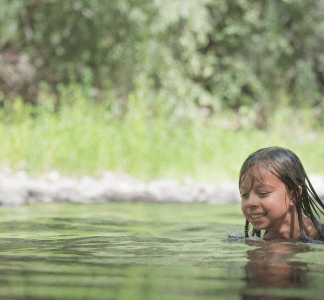15 gems in the national park system you might not know about
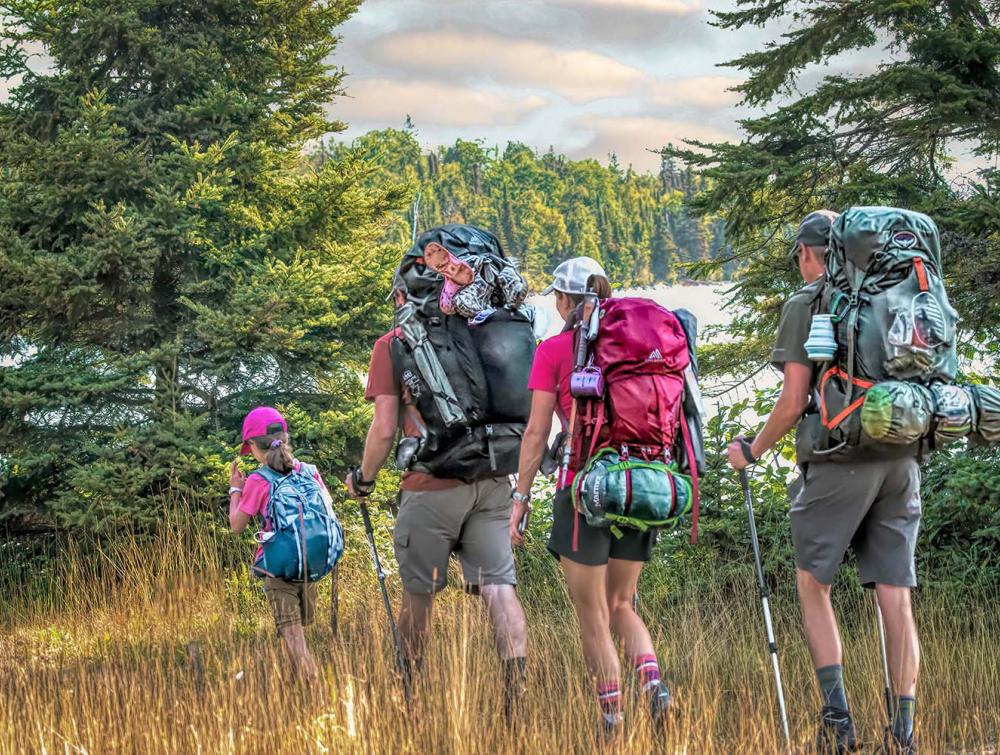
Family backpacking at Isle Royale National Park in Michigan.
Nelson Decker, NPS
The National Park Service (NPS) manages more than 400 sites to explore
From the iconic grandeur of Yellowstone's geothermal wonders to the peaceful rolling hills of Shenandoah, national parks offer breathtaking views and spark our sense of wonder and adventure. But beyond the well-known spots lie lesser-known gems—hidden treasures that are often overshadowed by the more famous and visited parks.
There are many parks and sites within the National Park System (430 to be exact!) that can offer an opportunity for people to explore a rich variety of landscapes.
We put together a list of 15 lesser-known gems worth a visit. This list isn't exhaustive—just a few of the beautiful spots I’d love to check out myself!
Cumberland Gap National Historical Park
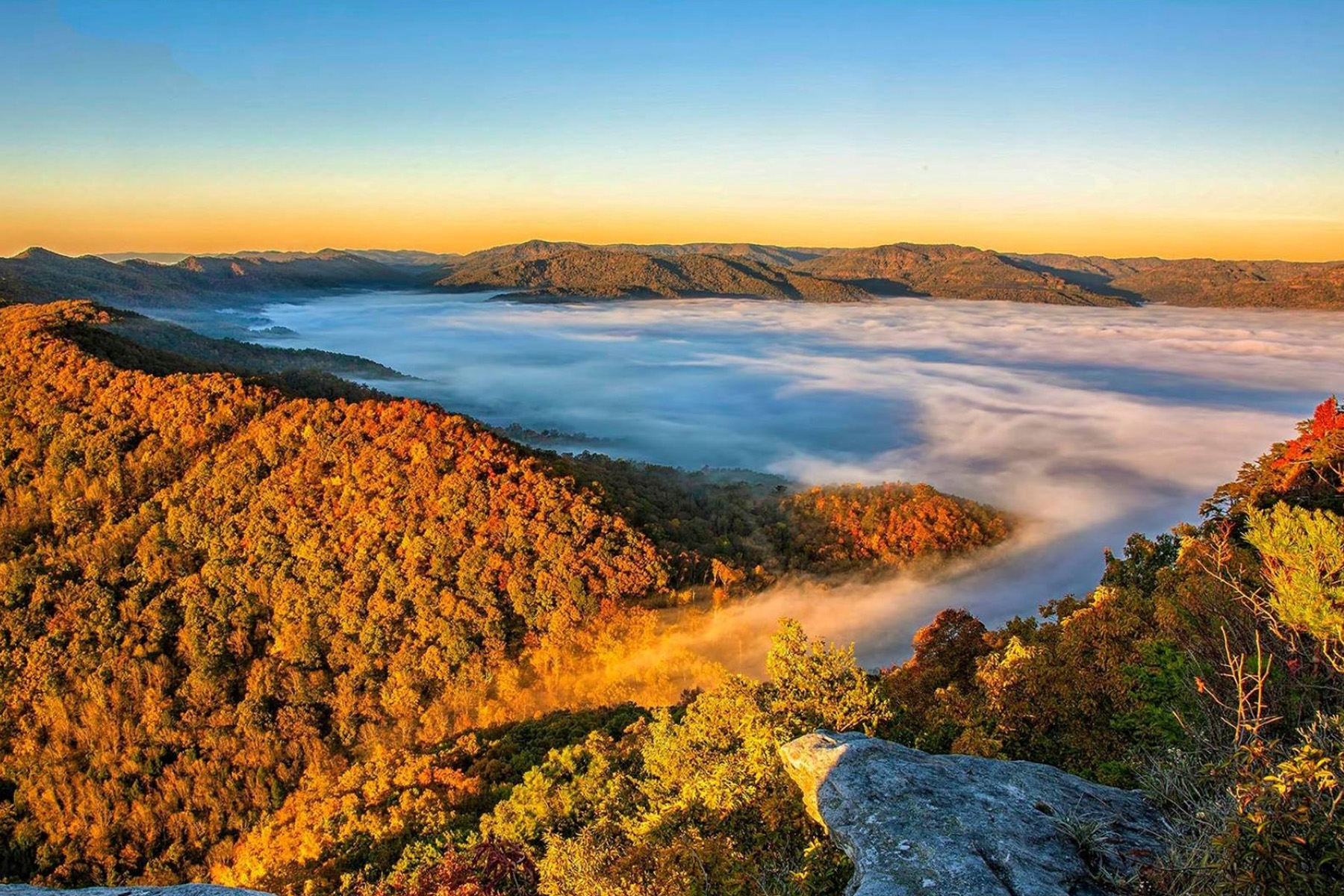
NPS
Located at the meeting point of Kentucky, Tennessee and Virginia, this park blends the natural beauty of its mountains, forests and waterfalls with a rich history. The park marks the historic pass through the Appalachian Mountains that people and animals have journeyed through for thousands of years. Many tribes and Indigenous peoples originally inhabited the area, using the gap for hunting, trade and settlement. But as European colonists began moving through the gap, many Indigenous communities were forced out and displaced.
Lake Clark National Park and Preserve
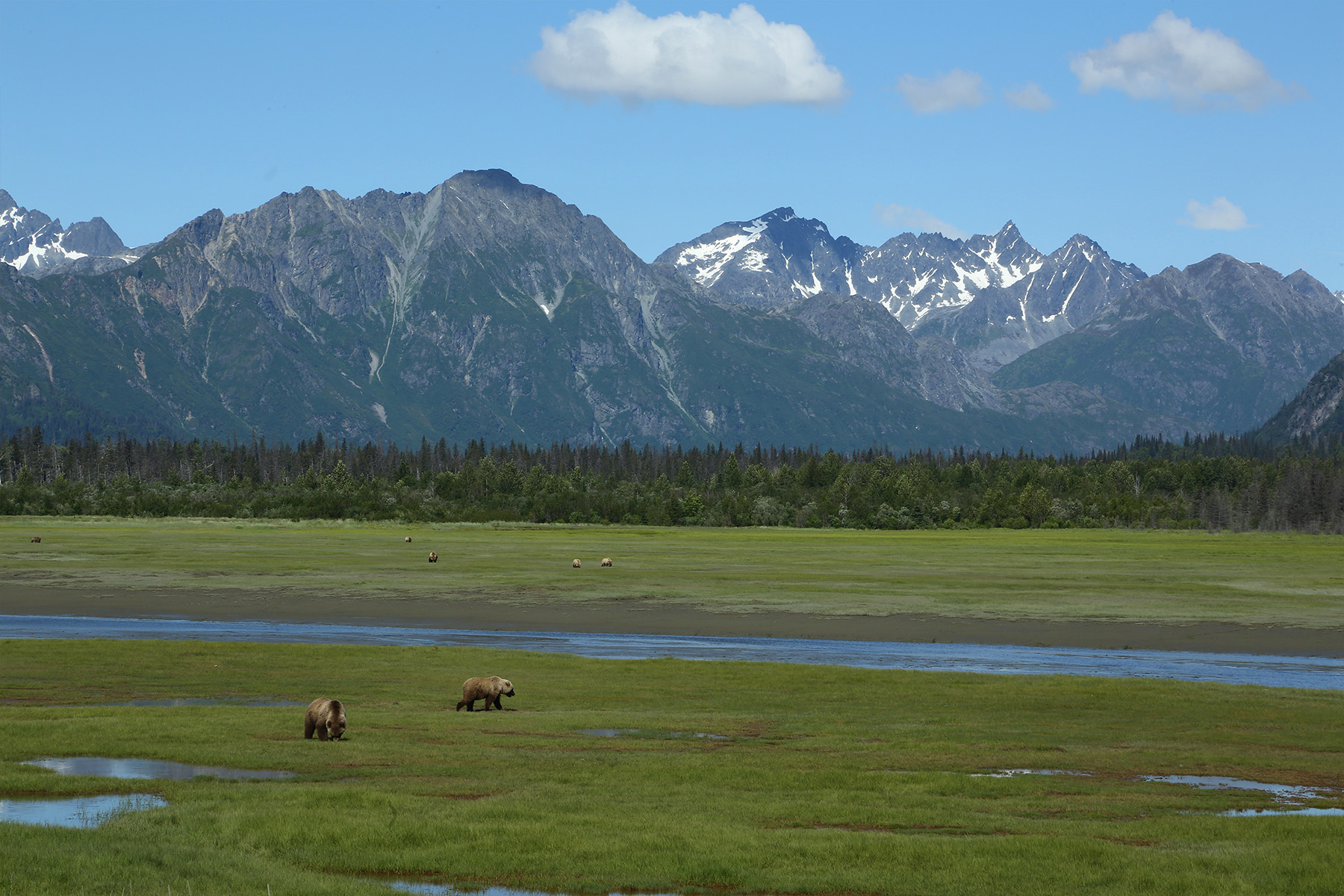
J. Pfeiffenberger, NPS
This park in south-central Alaska is known for its stunning landscapes, which include shimmering lakes, rugged mountains, expansive glaciers and Lake Clark as its centerpiece. The park is also home to a rich variety of wildlife, including brown bears, moose, and caribou. Beyond its natural allure, Lake Clark holds significant Indigenous history. The area has been home to the Dena'ina Athabascans for thousands of years, who have relied on its resources for subsistence and spiritual practices. The Dena'ina's deep connection to this land is reflected in their traditional knowledge and ongoing cultural practices.
National Park of American Samoa
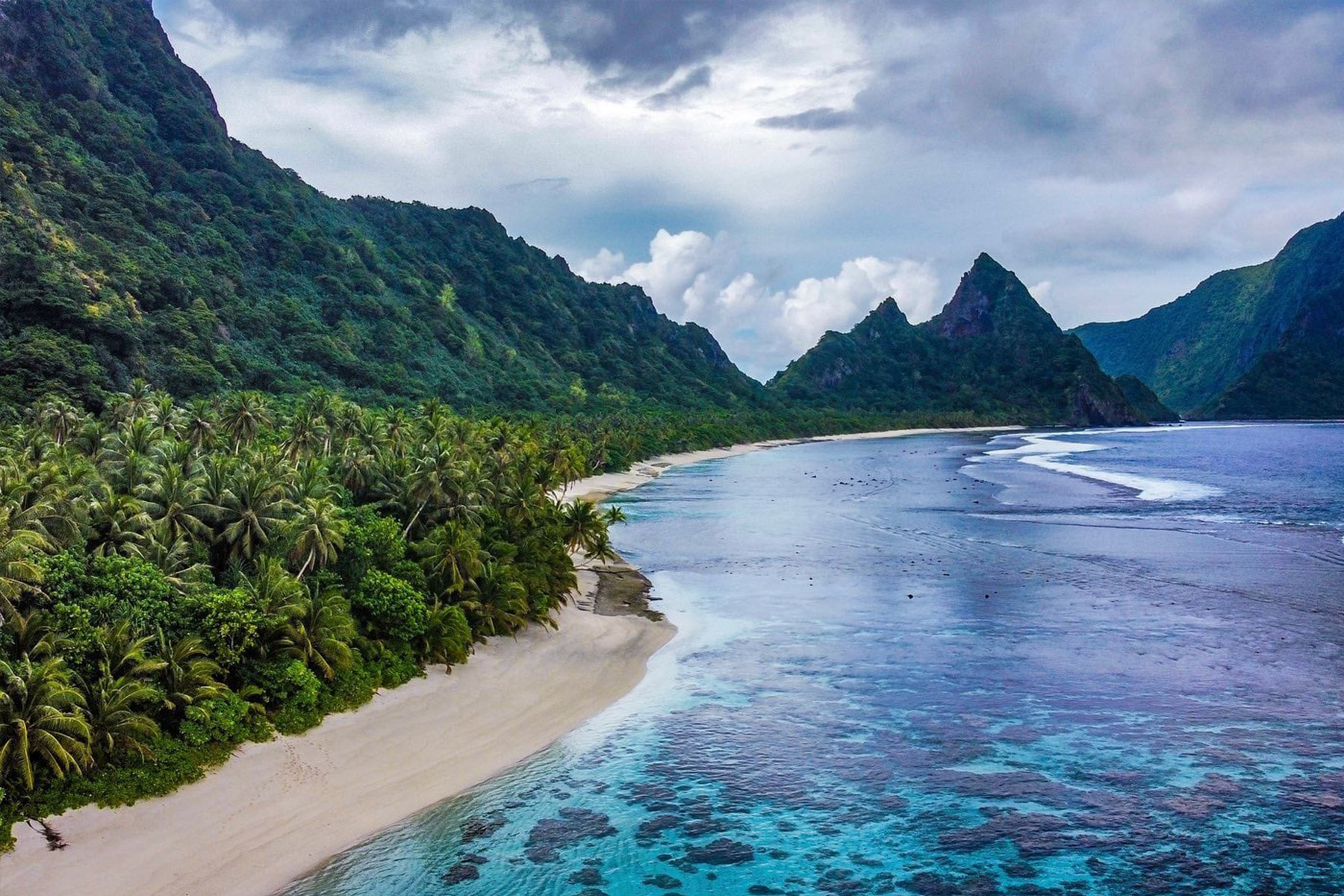
Valentine Vaeoso
This unique quintessential tropical park in the heart of the South Pacific protects and preserves rainforest, coral reefs, habitat of fruit bats and the Samoan culture. The park offers secluded villages, rare wildlife and incredible vistas across three volcanic islands—Tutuila, Ta'ū and Ofu. Almost all of the land area of these islands is tropical rainforest, and about 4,000 acres of the park is underwater! It is believed that the first people of the Samoan Islands came from southwest Asia about 3,000 years ago and over time distinct cultural traits emerged to become what they now call fa'asamoa, the Samoan way.
Big Thicket National Preserve
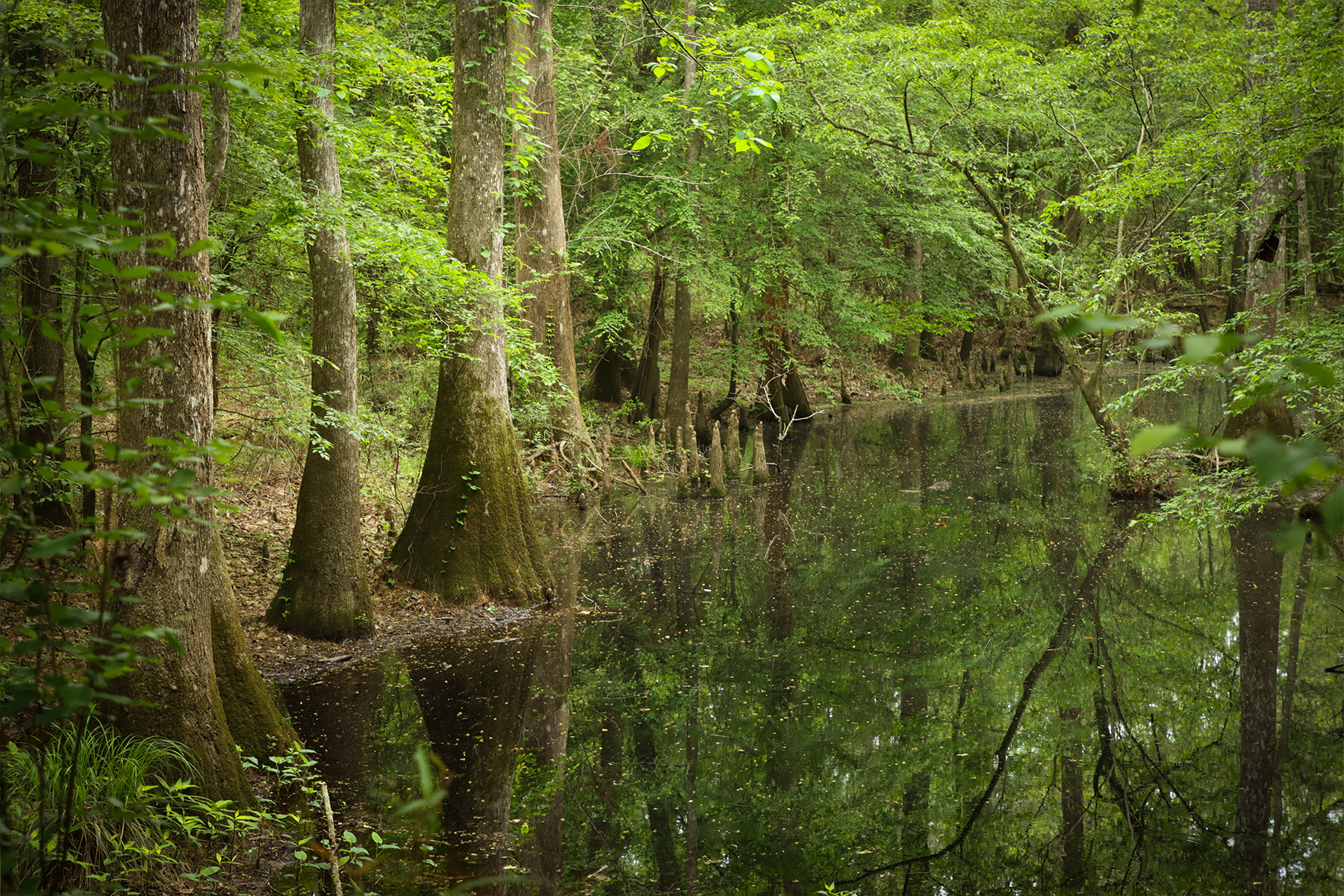
Scott Sharaga, NPS
This unique preserve in Texas is a biodiversity hotspot where multiple (nine!) ecosystems converge—including pine forests, bayous and wetlands. Big Thicket protects a vast array of wildlife, including several sensitive and endangered species, such as Texas Trailing Phlox, Louisiana black bear and the Red-Cockaded Woodpecker. Visitors can enjoy the preserve on land, with nearly 40 miles of trails to hike; and on the water, with many miles of creeks, bayous and rivers flowing through.
Isle Royale National Park
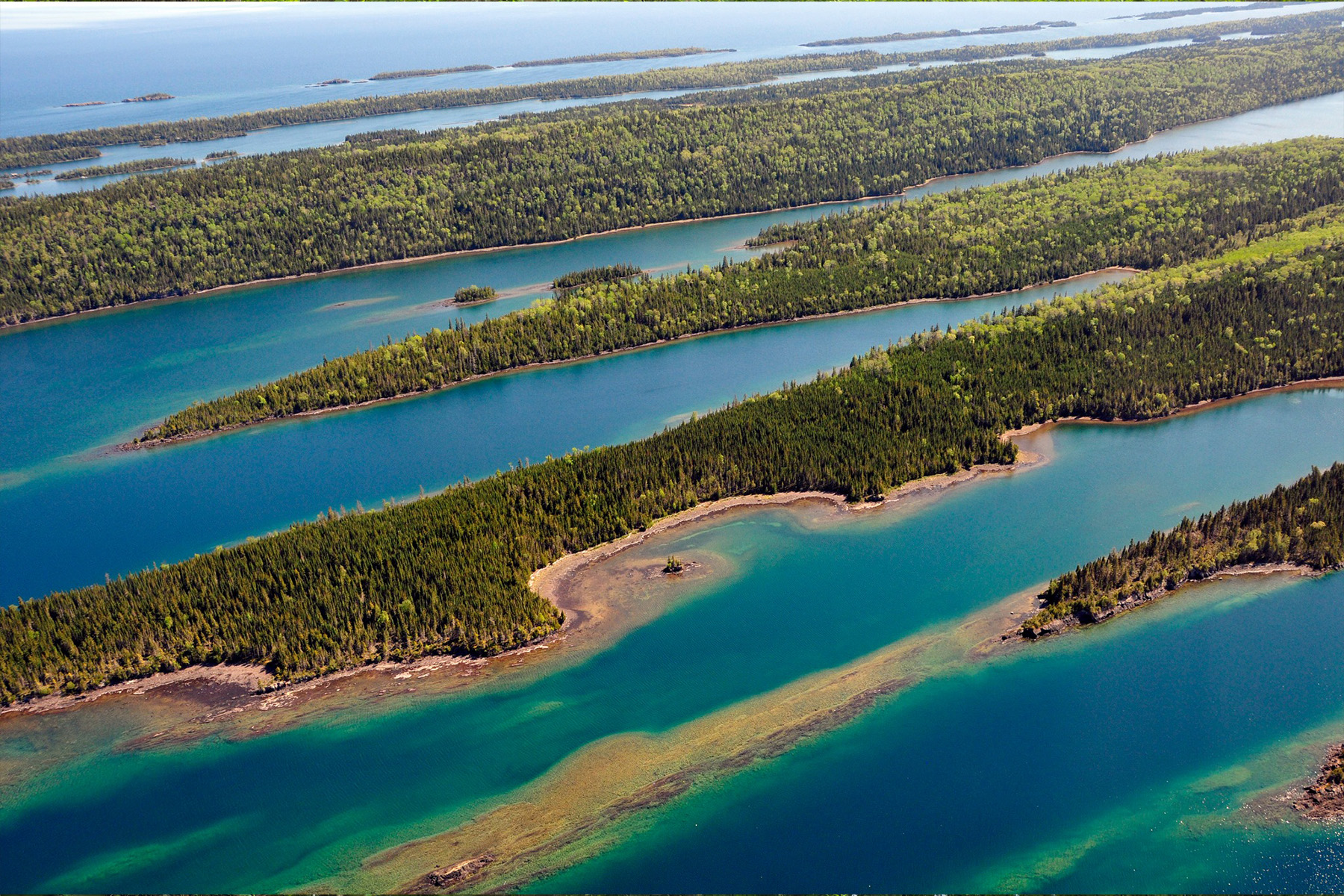
Paul Brown
Accessible only by boat or seaplane, this park in Lake Superior, Michigan, offers solitude and a pristine environment for backcountry hiking, canoeing and scuba diving. It’s an archipelago with one main island and about 400 smaller ones. Isle Royale is home to a fascinating ecosystem, where wolves and moose have been the subjects of one of the longest-running predator-prey studies in the world (since 1958!). Also known as Minong, the island holds deep ancestral significance as part of the traditional cultural lands of the Anishinaabe people.
Congaree National Park
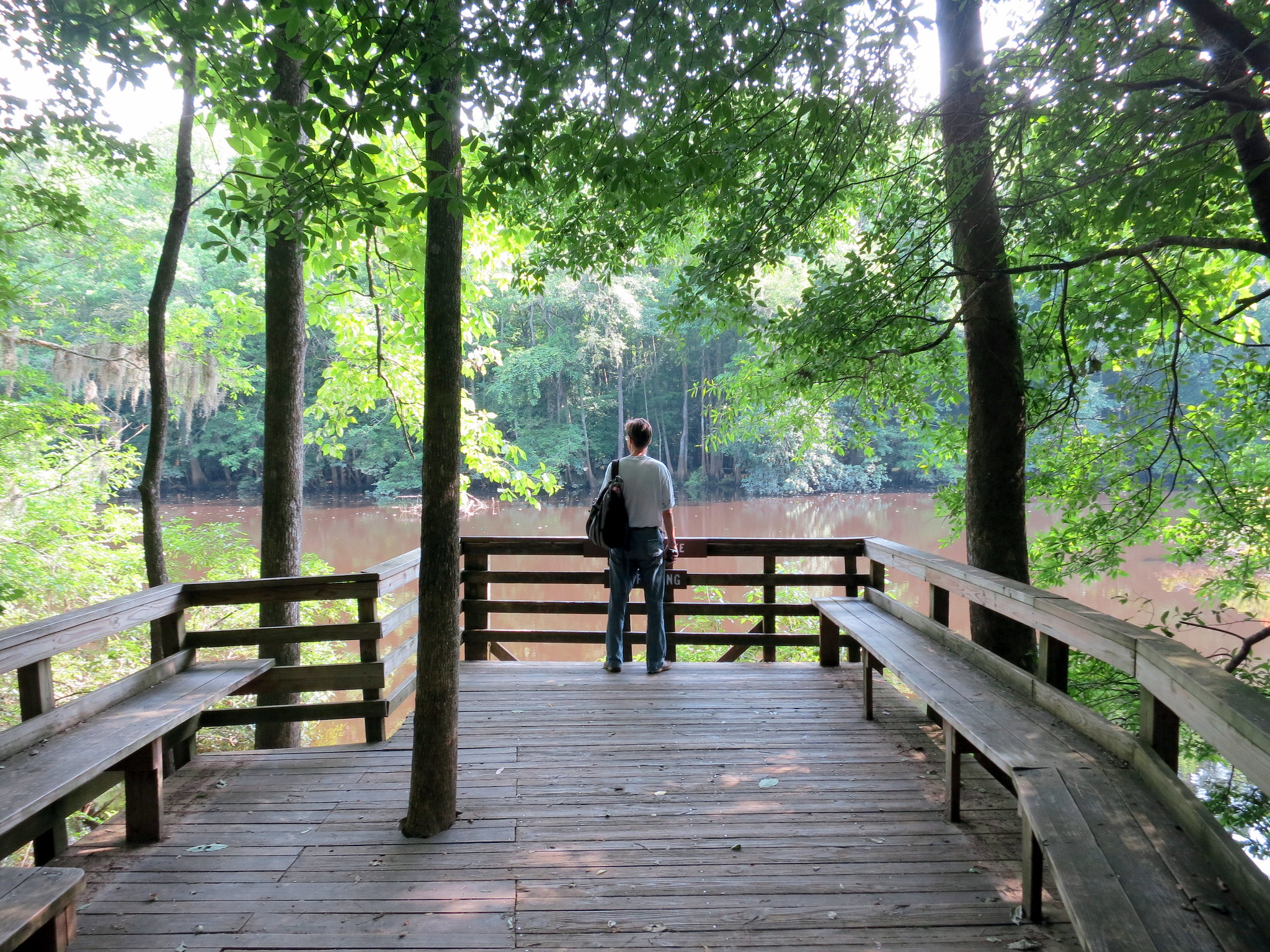
Simon (walhalla), Flickr
This park in South Carolina preserves one of the largest remnants of old-growth bottomland hardwood forests in the United States. While the park might look like a swamp, it is a floodplain—a low-lying area near a river that only gets covered with water for part of the year. The park's floodplain forests are among the most biologically diverse in North America, providing habitat for various wildlife including bobcats, river otters and many bird species. The name comes from the Congaree people who once lived in the region, whose history has been largely lost to colonial violence. Over time, it’s believed the surviving Congaree assimilated into neighboring tribes.
Virgin Islands National Park
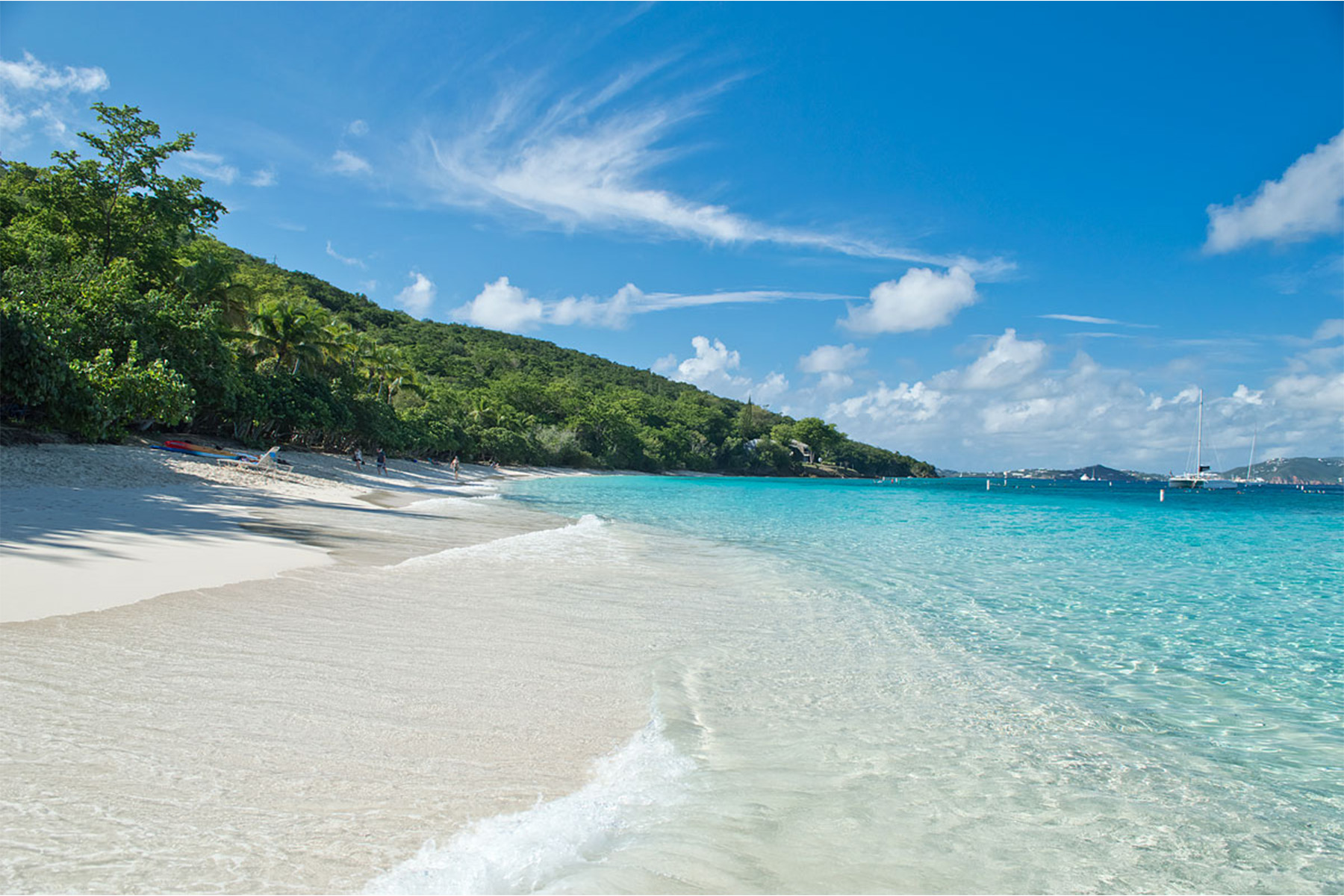
David Pinardi
Another tropical island, this time in the Caribbean. The park is a tropical paradise known for its pristine beaches, coral reefs and vibrant marine life. It encompasses over half of the island of St. John and offers visitors a range of activities, from snorkeling and diving in its crystal-clear waters to exploring historical ruins. St. John’s history blends its indigenous Taíno roots with the legacy of Danish colonization and the enslavement of Africans on sugar plantations. The 1733 Akwamu insurrection marked a significant chapter in this history. Today, the island’s culture is a rich mix of local indigenous, African and European influences, with Afro-Caribbean traditions at its core.
Mojave National Preserve
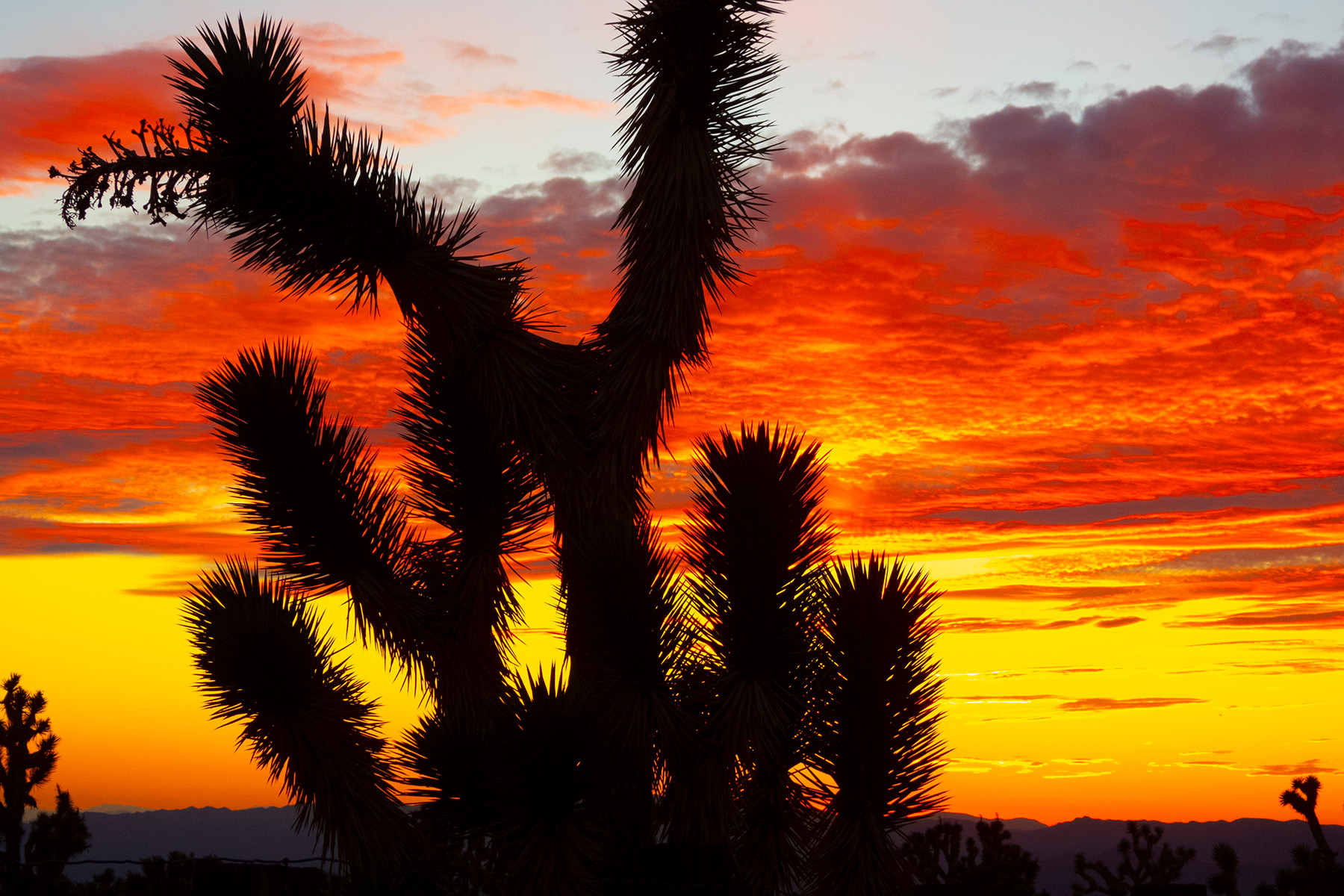
Dave Hursey, NPS
This preserve encompasses a vast expanse of diverse desert landscapes, including sand dunes, volcanic cinder cones and rugged mountains. The preserve, in Southern California's Mojave Desert, is home to various desert flora and fauna, including Joshua trees, bighorn sheep and the endangered desert tortoise. But the area also holds a rich human history that spans thousands of years, beginning with the ancestral lands of Indigenous tribes like the Mojave, Chemehuevi and Paiute peoples who thrived in the harsh desert environment. They left behind petroglyphs, trails and spiritual sites still visible today.
New River Gorge National Park & Preserve
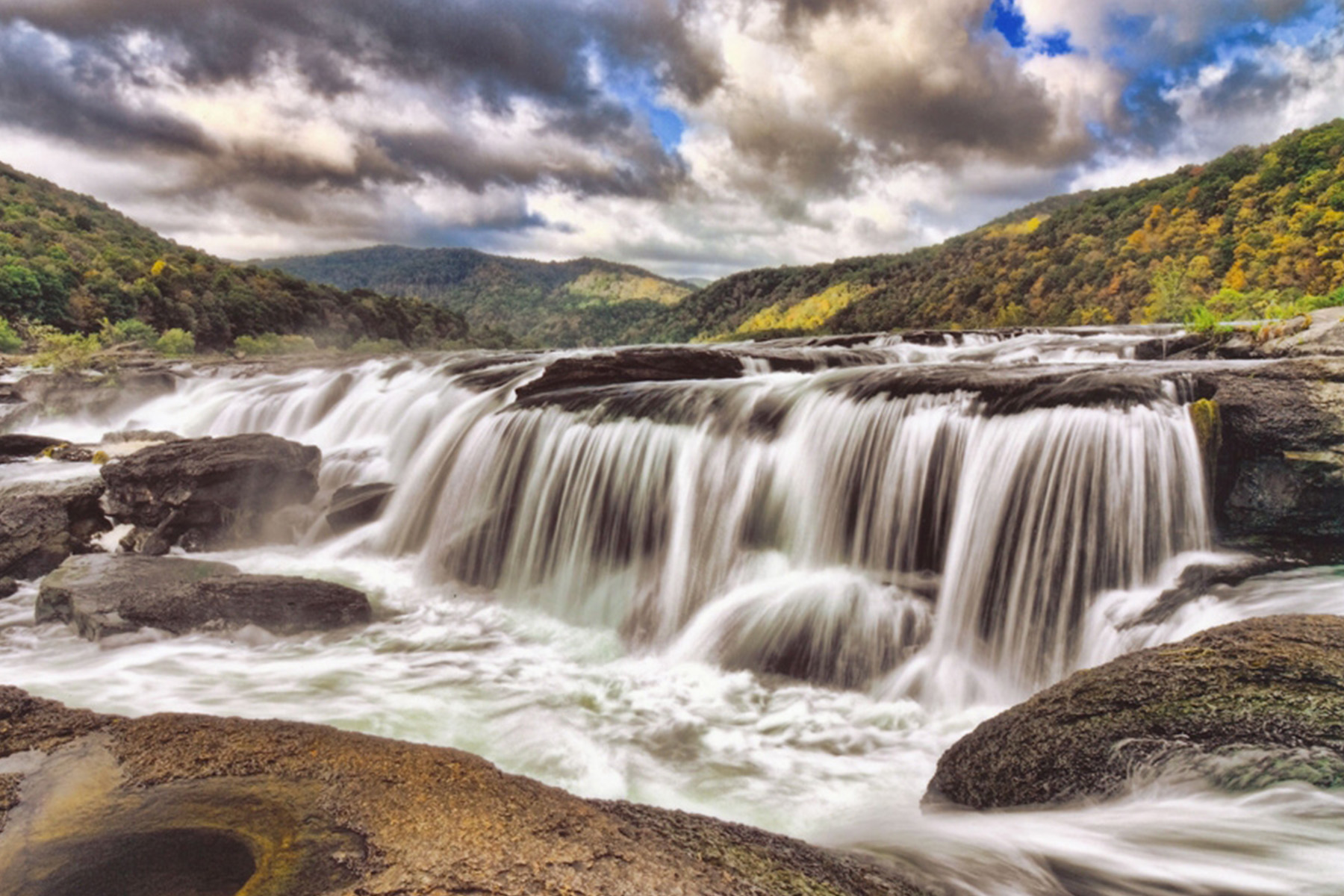
Gary Hartley
This river valley is known for its dramatic cliffs, deep gorges and rich West Virginia Appalachian history. The park is a premier destination for whitewater rafting, rock climbing and hiking. It also preserves a rich and multifaceted history, stretching from the Indigenous peoples who originally inhabited the area, including the Cherokee and Shawnee tribes, to the communities that later formed around coal mining, railroads and timber industries. Some stories preserved include that of Carter G. Woodson, often considered the founder of Black History Month, who spent years working as a coal miner there before becoming a famous historian.
Black Canyon of the Gunnison National Park
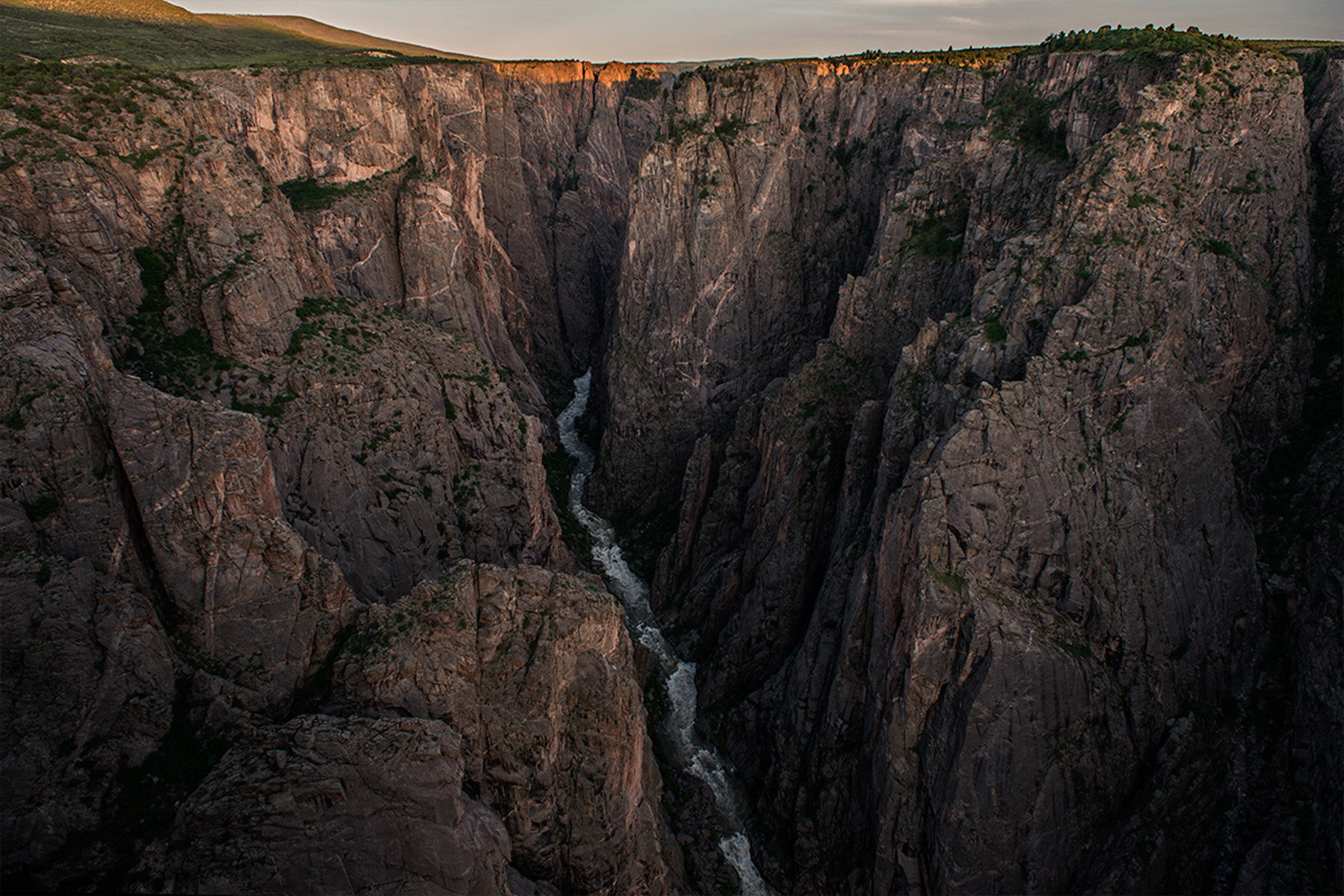
Greg Owens
This park has one of the most dramatic and stunning canyon views in North America. Black Canyon of the Gunnison National Park in Colorado has one of the steepest cliffs, oldest rock and craggiest spires in North America, carved over millions of years by the Gunnison River. According to the park service only its rims, never the gorge, show evidence of human occupation. Even the Ute people who lived in the area avoided descending into the canyon due to its treacherous and unforgiving terrain. That said, visitors today can enjoy hiking along the rim, descending into the canyon and fishing and kayaking in the Gunnison River—as long as its done safely!
Kaloko-Honokōhau National Historical Park
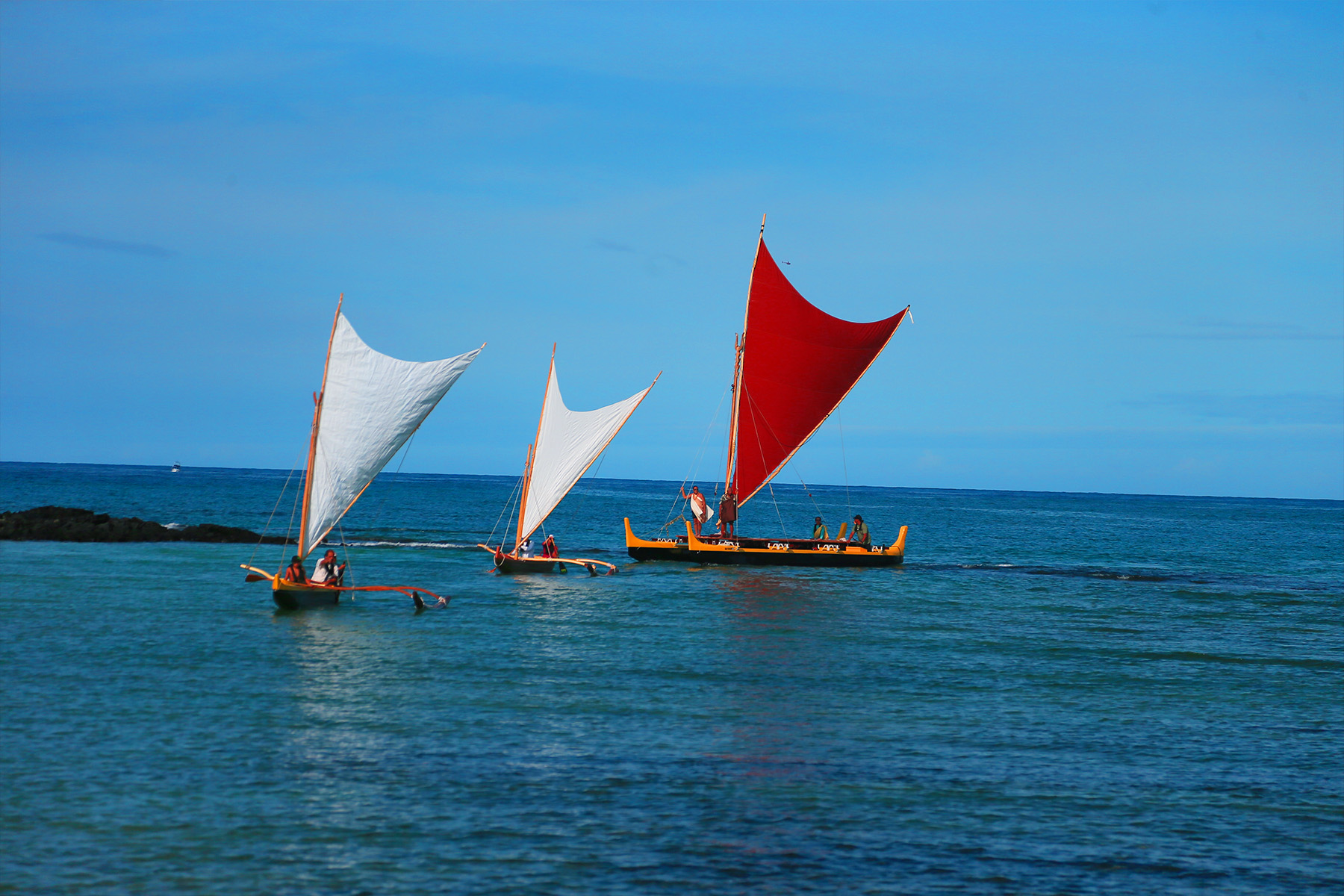
Dave Boyle, NPS
Located on Hawaii's Big Island, this historical park preserves the cultural and historical heritage of Native Hawaiians (kanaka maoli). Kaloko-Honokōhau features ancient fishponds, petroglyphs and traditional farming and religious sites. During the Hawaiian Renaissance of the 1970s, a group of dedicated Hawaiians submitted The Spirit of Kaloko-Honokōhau to the Department of the Interior, proposing the preservation of this area as a cultural site. They envisioned it as a place for Hawaiians to reconnect with and restore traditional practices. Thanks to their efforts, Kaloko-Honokōhau is now a national park, safeguarded for future generations.
John Day Fossil Beds National Monument
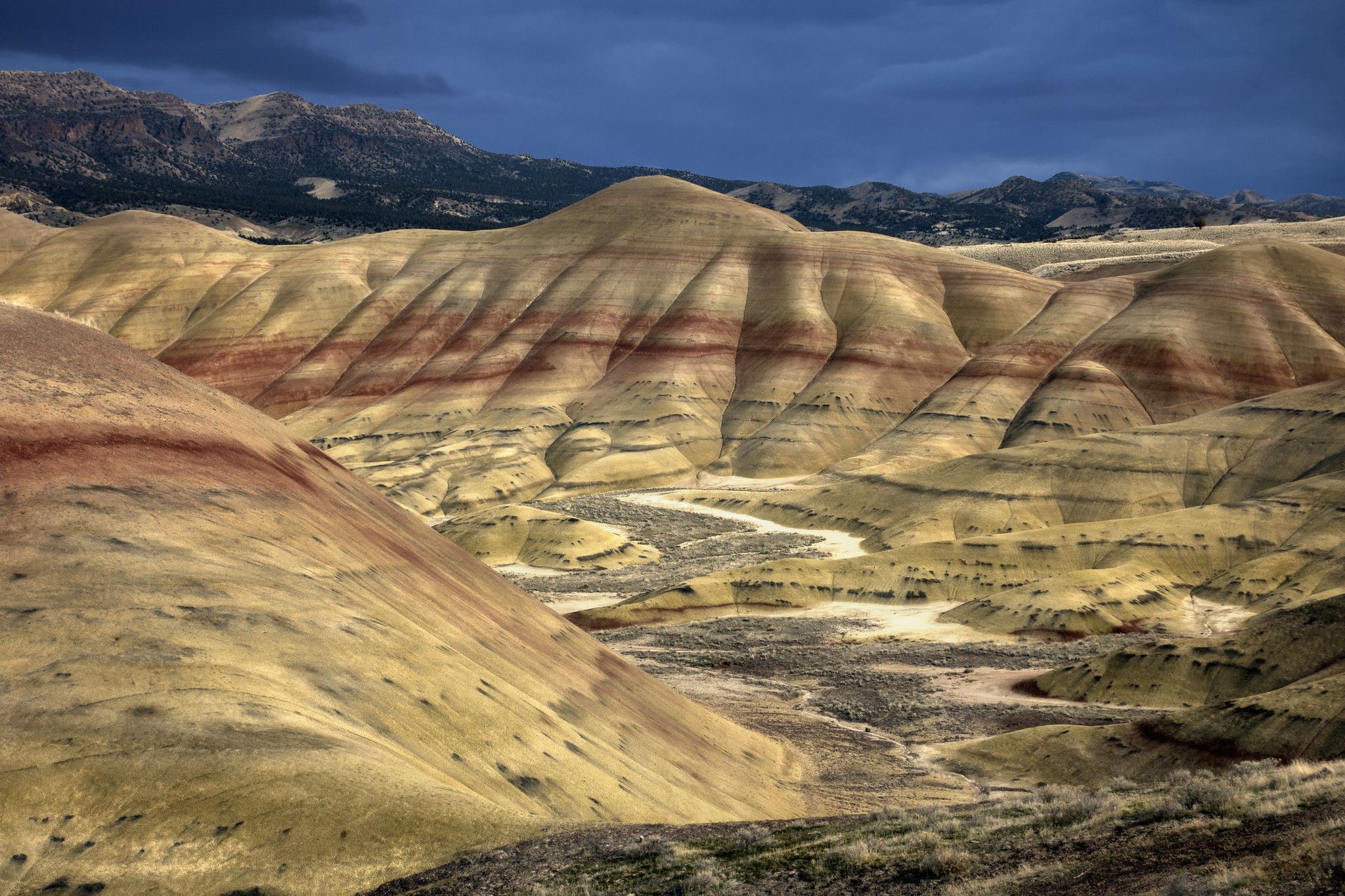
John Fowler, Flickr
This park in Oregon is a window into the ancient past, preserving a rich record of plant and animal fossils spanning over 40 million years. The monument is divided into three units, each showcasing different aspects of the region's geological and paleontological history. The Clarno Unit is the only place in the monument to find "wild" fossils. The colorful stripes of the Painted Hills are one of the most popular destinations in the park. At the Sheep Rock Unit, the hub of monument operations, you can learn about the prehistoric life that once thrived in this region with the visitor center and museum.
Canaveral National Seashore
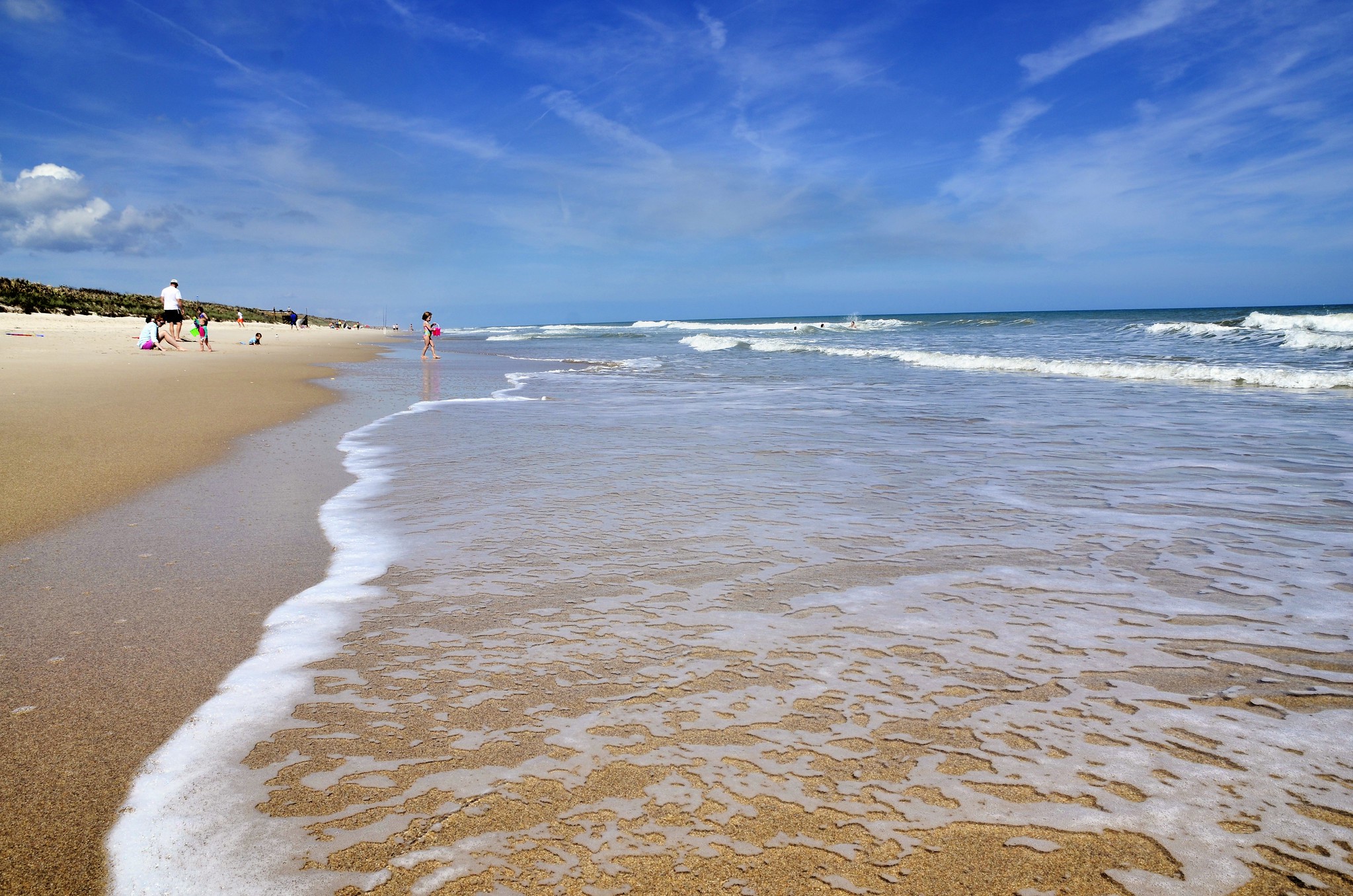
jpellgen (@1105_jp), Flickr
This pristine barrier island offers 24 miles of undeveloped beaches dunes, and coastal habitats on the Florida east coast. The seashore is a sanctuary for various wildlife, including sea turtles, manatees and many bird species. Park visitors can watch rocket launches from the nearby Kennedy Space Center in Cape Canaveral. Playalinda Beach offers the closest view of those launches. The park also preserves a lot of history, including that of the Timucuan people who used to gather and process clams in the area.
Great Basin National Park
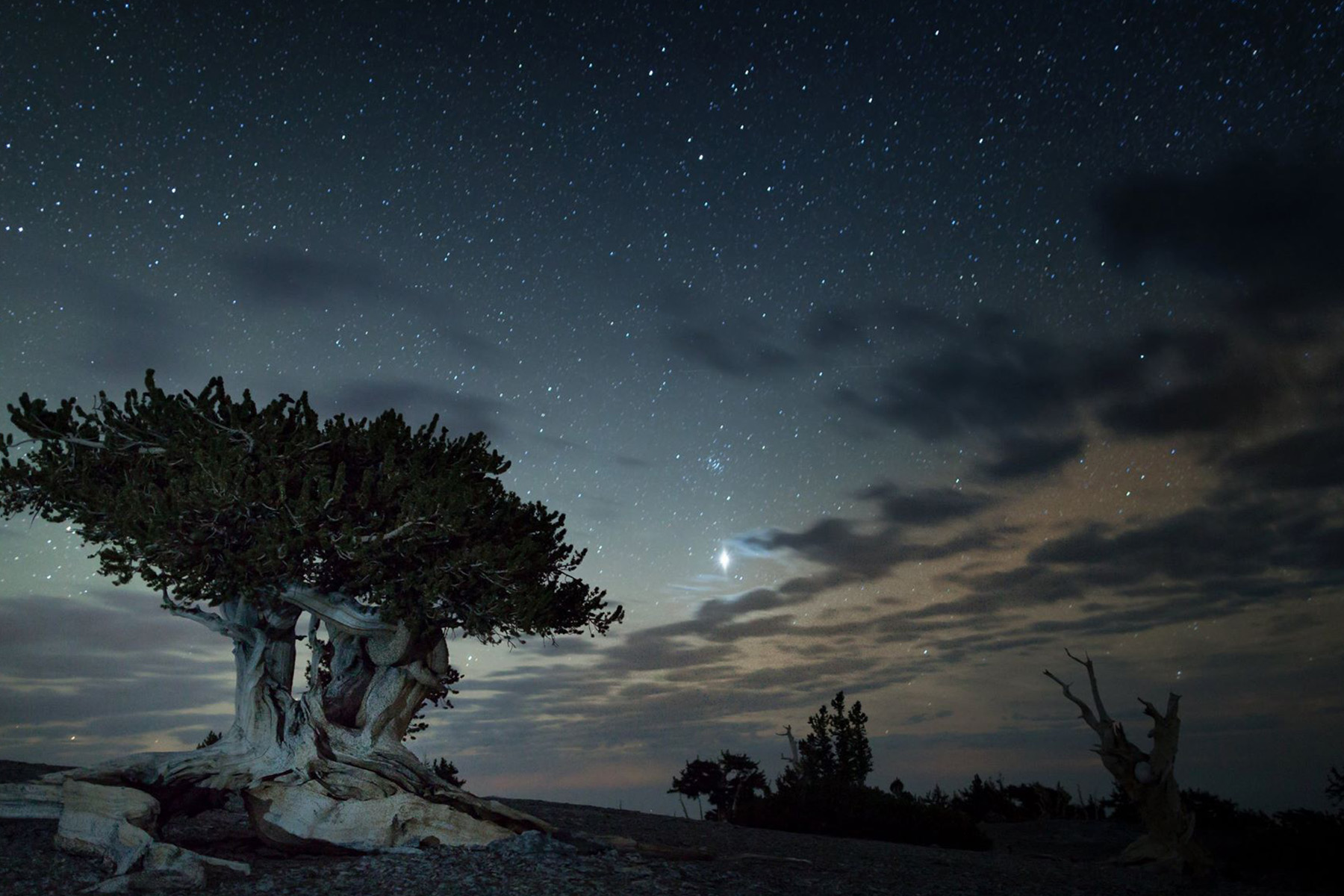
Kelly Carroll
There is more than just an arid desert at Great Basin in Nevada. This staggering park is home to ancient bristlecone pines, some of the oldest living trees on Earth, and the stunning Lehman Caves, a labyrinth of limestone formations. It also has some of the darkest skies in the lower 48 states. Great Basin doesn’t just preserve dramatic landscapes. It also tells the story of many groups of people who have left their mark for thousands of years, from Indigenous peoples and tribes such as the Western Shoshone, Goshute, Paiute, Ute, and Washoe, to farmers, ranchers and sheepherders—all leaving their own mark on this vast and rugged place.
Organ Pipe Cactus National Monument
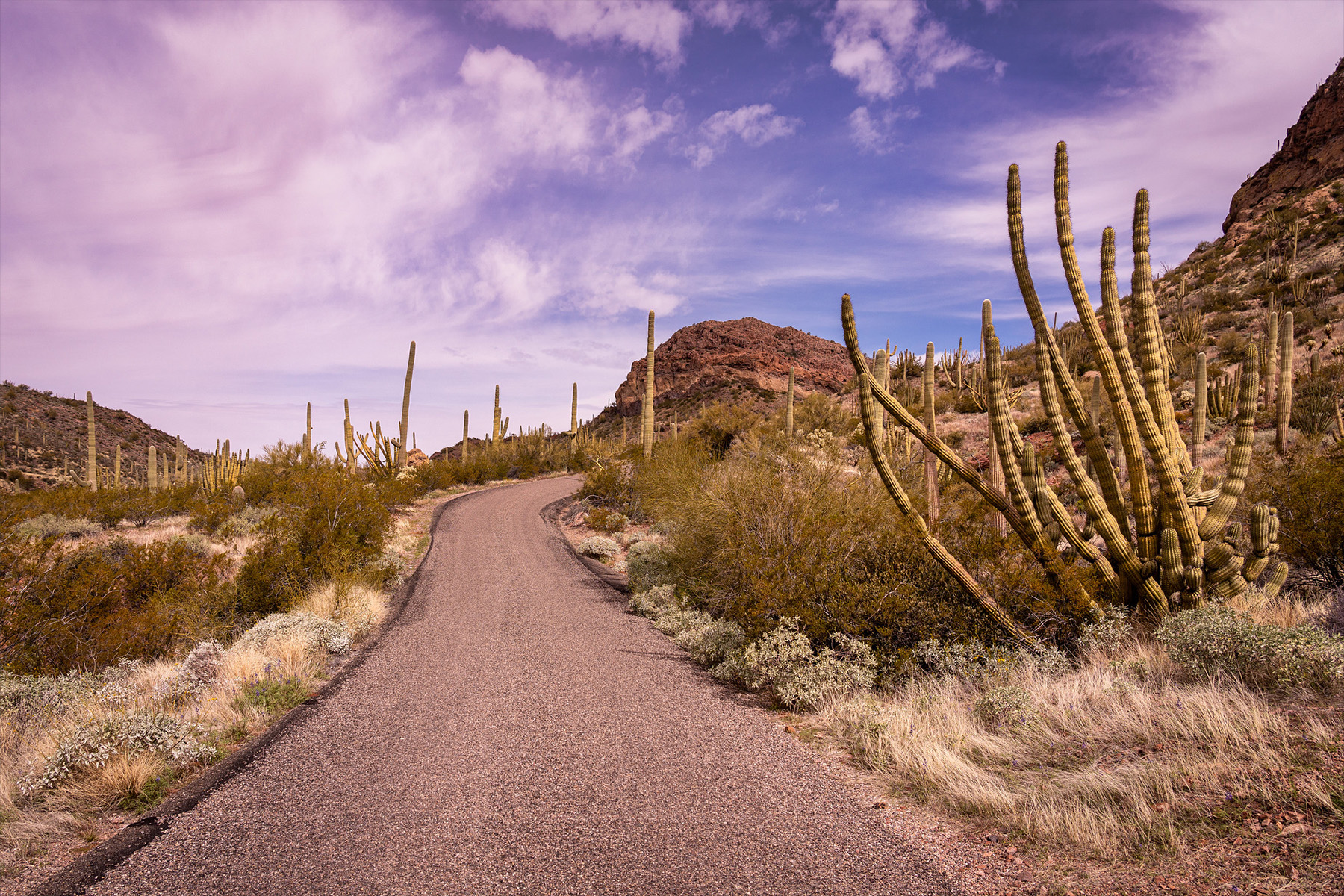
MobilusInMobili, Flickr
This UNESCO Biosphere Reserve in Arizona protects the northernmost range of the rare organ pipe cactus. The monument's desert landscape is a showcase of Sonoran Desert ecology, with a variety of cacti, wildlife and rugged mountains. Archaeological evidence shows that people have lived within the monument for at least 16,000 years. The Hohokam culture thrived in the area, building intricate irrigation canals that supported farming communities. However, the arrival of Spanish missionaries and settlers led to the decline of indigenous practices, and many were pushed out of their ancestral lands, fundamentally altering the cultural fabric of the region.

